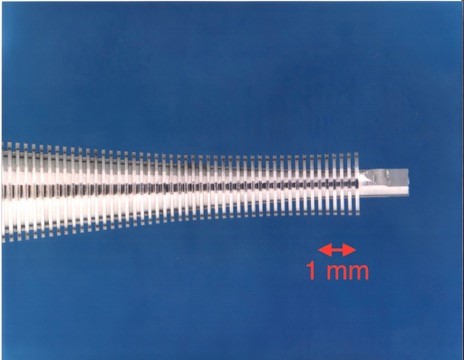RAL Space has produced components including feed horns, focusing mirrors, dielectric lenses and primary antennas operating from 25 GHz to 2.5 THz. The quasi-optical components and networks we develop are typically used to couple signals gathered by primary antennas to millimetre-wave receivers. This usually involves a series of focusing elements and a feed horn to transition from a free-space beam to a waveguide.
We typically begin the design process using fundamental mode Gaussian beam analysis. The component geometries are refined using commercial antenna, reflector analysis software, feed horn design and analysis software which together allow end-to-end analysis to be performed.
The components and systems that we have developed are being used in ground-based systems such as our 94 GHz Cloud Radar, airborne limb sounding instruments and breadboards and calibration systems for satellite instruments.
Our Precision Development Facility is able to produce these components using state-of-the-art CNC (Computer-Numeric-Controlled) machine tools. These include parabolic mirrors with near-optical quality surface finishes and accuracies or feed horn mandrels with corrugations that are a few tens of micrometres wide.
 To complement our design and fabrication capabilities, we have developed a suite of test facilities to validate components and networks. This includes near-field scanning and transmission and reflection measurements using vector network analysers as well as radiometric measurements from the microwave to sub-millimetre wavelengths.
To complement our design and fabrication capabilities, we have developed a suite of test facilities to validate components and networks. This includes near-field scanning and transmission and reflection measurements using vector network analysers as well as radiometric measurements from the microwave to sub-millimetre wavelengths.
RAL Space is well placed to offer anyone developing or testing millimetre-wave quasi-optical components our expertise including the machining of a simple reflector, the custom design of a test set-up for a free-standing dichroic element or the realisation of a multiplexing quasi-optical network.
Part of a corrugated feed horn mandrel which is electroplated to produce a horn operating at 325 GHz.
For more information please contact: RAL Space Enquiries
